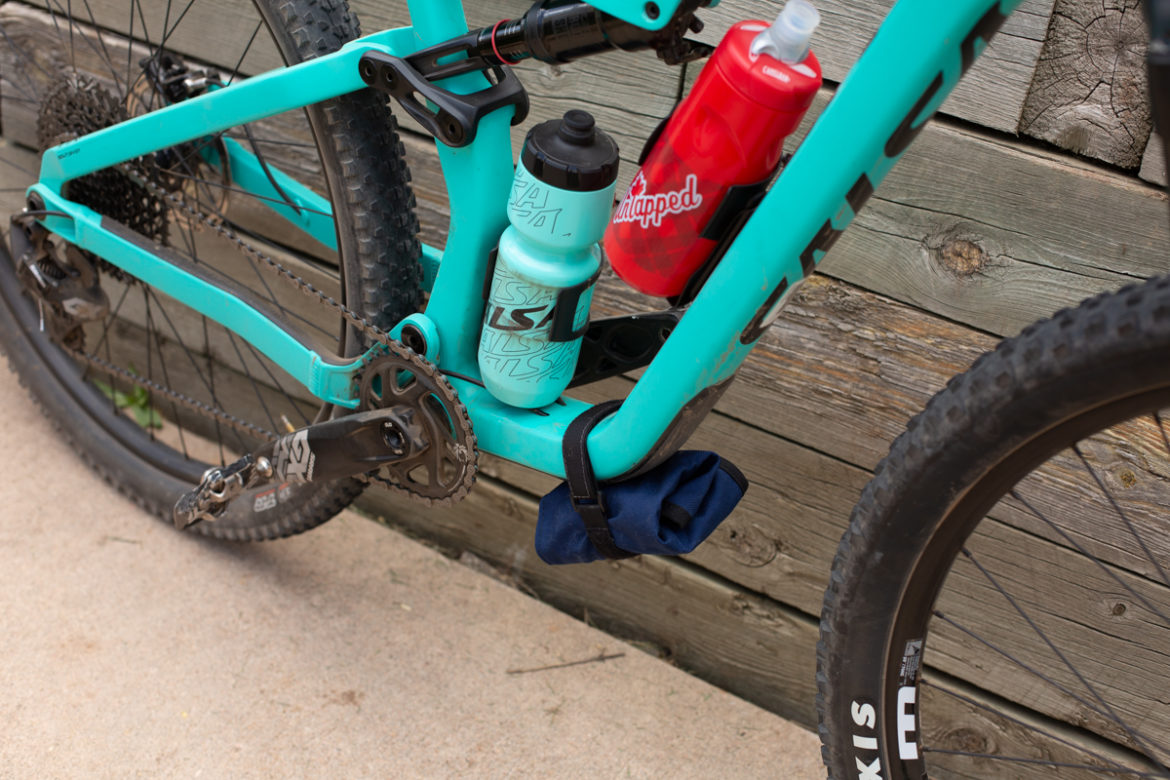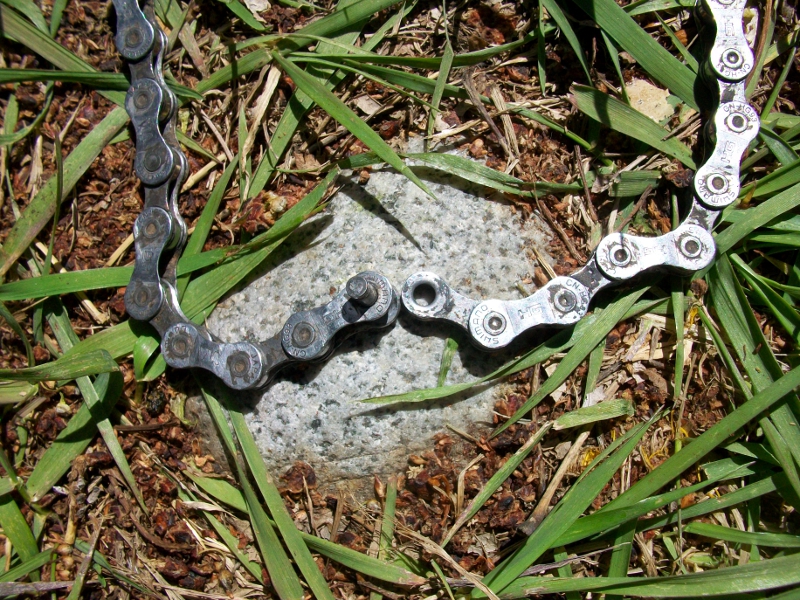
I used to think those Doomsday Preppers were crazy—no doubt selected by reality TV talent scouts for how outlandish some of their ideas may have seemed as their basements were filled with ammunition boxes and ramen. But one spring, a few years ago, I was on the verge of running out of toilet paper and cleaning agent, and all of the sudden, I wished I’d done the same.
Sure, there’s a fine line here where having some emergency essentials can turn into an obsession, but when has it ever been a bad idea to prepare for the unexpected?
Last month I had a peculiar mechanical on the trail and made it down the mountain by the skin of my teeth, despite being totally unprepared. My solution consisted of a lot of luck with a little determination. Truth is, it could have been much easier if I’d had a few extra items on me. When I got back to the States, I planned to make the best emergency mechanical kit I could, with the help of some reader comments.
So here it is: an emergency mechanical kit inspired by our experiences and that of readers. The kit is meant to go beyond the typical tube/patches/plugs, but those items are still vital for any pack. Of course, it’s never too late to comment and share if there are any other items we should add.
Tool roll

To hold everything together, I’m using an old North St. tool roll bag I have had laying around and used for years. This one works great, and I have also used a San Util tool roll I really like.
They all work similarly and help wrap up a smattering of tools or parts so that it fits tidily in your other bag or a pocket. All wrapped up, it’s about the size of a Taco Bell burrito.
Shift cable

This one is pretty self-explanatory. But, things happen and shift cables can fray and tear over time. Sure you can make it back to the trailhead if you’re fortunate to be at the top of a hill when it happens, but we’re not always that lucky. Shift cables are light and easy to pack and also easy to replace on the side of the trail.
Cotter Pins / Brake pad pins

The story I referred to above involved me losing a set of brake pads after my pin somehow shed its retaining clip and wiggled out. After hitting the landing of a jump, my pads ejected and were scattered on the forest floor. Fortunately I found them, but the pad retaining pin was long gone.
Having an extra brake pad pin, cotter pin, or some wire would have helped me tremendously, but I made do. It was a pretty rare mechanical, but having something as simple as an extra cotter pin or brake pad pin will make this situation much easier.
Extra bolts

It’s also pretty rare that your disc brake bolts will wiggle loose and put the rotor’s security in jeopardy. If you listen to older folks and their “back in the day” stories, they’ll tell you how you XC racers only used three out of six rotor bolts to save weight, so if you can tighten down a few remaining bolts, you’ll be fine. But this post isn’t about assuming things will be alright, it’s about packing for the unexpected. There is next to no penalty to carrying more, so put em’ in there.
Quick links

When I first started mountain biking, my buddy and I embarked on a ride one summer afternoon before a concert. On the first pedal stroke of the first hill, he snapped his chain. We turned around, coasted back to the car, found a bike shop, replaced the chain, and went back to the trail.
At this point, it’s water under the bridge, but then, it was 90 minutes down the drain that could have been avoided had we packed a quick link. These are usually brand-specific, so buy SRAM/Shimano/whatever links and keep it on hand, should one day your chain snap unexpectedly.
Extra cleat

Not long ago, a friend and I went for a sizeable summer ride after he bought a new pair of shoes. I’m not sure why, but he lost the bolt on a previous ride and assumed he’d be fine clipping in and out with a cleat with only one bolt.
He tried keeping that shoe engaged as much as possible to avoid getting stuck, but it only worked for so long. He couldn’t unclip and crashed at the beginning of the ride, and at the end, we thought the shoe might have been staying with the pedal, as he hopped around in one shoe in the parking lot trying to get the other shoe to pop out. Lesson learned. Carry a few extra cleat bolts and a cleat if both the bolts disappear.
Aluminum wire

When we published my story about my special zip-tie, a few readers commented about carrying aluminum or baling wire. This would have been preferred over zip-ties because plastic melts. Carry some wire too, just in case. This is a pretty robust 18ga cable that should work in a pinch for an assortment of mechanicals.
Zip-ties

Not only can zip-ties resolve a lost brake pad retaining pin, they can clean up your cockpit, or as some readers commented on my piece about zip-ties, you can even fix a broken brake lever or broken pedal.
Zip-ties are ideal because you can make loops out of them, add length, and honestly, the sky is the limit. They do have some faults. Over time, zip-ties dry out and become brittle. This is one item to check periodically.
Velcro straps also come in handy and you can use them to fix a failure on your pack or to fasten some other gear in a pinch.
Derailleur hanger

This is also one of those must-haves that go along with your tube, lever, and pump. Of course, these are usually bike-specific, though that is changing with SRAM’s UDH. Make sure you have and carry the right one.
Tire plugs

You’re likely familiar with tire plugs, like this DynaPlug kit. They have easy-to-use tire plugs and help repair small punctures quickly to get back on the trail.
Weight
Most of us have to consider the weight we carry on rides, especially if you’re a climber. The weight of this emergency pack is nearly negligible though at 170g (6oz). When one of these comes in handy, weight will be the last thing on your mind.











4 Comments
Mar 7, 2023
Mar 9, 2023
Mar 8, 2023
I lost my dropper remote bolt at the same time as a friend in the park last summer but were saved by spare bottle cage bolts
Mar 9, 2023